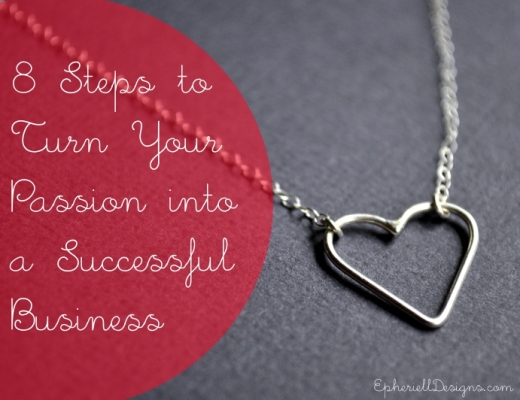‘Pitch Doctor’ Paul Boross has instructed the likes of Richard Branson and Ainsley Harriot on the dark art of corporate communication. Here are his tips for ensuring your pitch hits the mark every time.
Pitching is becoming increasingly important in almost everyone’s working life; whether it’s pitching to new clients, pitching for investment or pitching for a new job.
In theory, pitching is one of the easiest activities in business, yet for such a simple activity, pitching often feels the most critical because one mistake could make all the difference between success and failure.
I’ve been helping people to develop their pitches for 25 years, and in that time, I have seen the same fundamental mistakes made by people in all walks of life and in all levels of business. For the most part, these mistakes all have the same root cause: we think that what will convince someone else is different to what would convince us.
I’ve put together a few of my own tips for you, so that you can enjoy more success when you’re pitching.
Nervous?
Being nervous is a good sign, as it means that you’re connected with what’s really going on, and it’s certainly better than arrogance. Don’t worry about breathing exercises or icebreakers, just understand that the most likely cause of anxiety isn’t what’s happening but what you’re imagining – or fearing – will happen. Instead, change that mental image to something more neutral; an audience who are giving you some of their time because they’re interested in what you have to say, and they’re willing to listen and make an honest decision.
Focus on the right goal
Ask your colleagues about their goals for pitching and they might say, ‘to win the deal’. This is a completely unrealistic goal, because you can’t control the client’s decision, and you can’t control your competitors. Instead, refocus on a goal that is totally under your control, such as ‘Get my message across and check that the audience understands it’.
When does the pitch begin?
By the time you stand up to speak, you have already missed your greatest opportunity to influence the outcome. Your pitch doesn’t begin when you think it does, it begins the moment that the audience first commits to hearing your pitch, because that is the point at which they begin to form their preconceptions of you. The way that you write your invitation, the way that you walk into the room and what you say as you’re getting ready sets the stage for the pitch itself.
Understand why you’re there
Many pitchers, especially nervous ones, think that they are pitching to convince the audience, to persuade them. In fact, the audience has already made a decision about you, and the result is that you are standing in front of them. Therefore, you are not there to convince them of anything, you are simply there to fill in the gaps and reassure them that the decision they have already made was a good one.
Research
To a professional audience, nothing is more frustrating than someone who hasn’t done their homework. The internet is overflowing with information about companies and individuals, and to even spend ten minutes researching your audience’s business, competitors, history and goals is an investment that will tell your audience that you’re interested in them and you have tailored your pitch to their needs.
Ask for what you want
So many people say that they are pitching to inform the audience or to help them. That’s not true. You’re pitching because you want something. You know it, and the audience knows it. Having the courage to ask for what you want will earn respect from the audience, and having the common sense to realise that the audience is giving you their time because they already know what you want shows that you respect them.
Stop selling
Make your pitch and then shut up. So many people repeat themselves or continue selling, becoming more and more desperate and making the audience more and more resistant. The silence is not yours to fill, so keep quiet and let the customer think over what you have presented to them.
Follow up
The pitch begins long before you stand up, and it ends long after you have left the room, as your words continue to echo in the customer’s ears. A follow up letter is an absolute must. Keep it short, one page maximum, and use it to reiterate the main messages of your pitch. Sign off by clearly and concisely asking for what you want.




